 Bio-Techne to acquire Swiss spatial biology firm Lunaphore
Bio-Techne to acquire Swiss spatial biology firm Lunaphore
Bio-Techne announced Thursday that it has reached an agreement to acquire Tolochenaz, Switzerland-based Lunaphore, a developer of fully automated spatial biology products. Read More
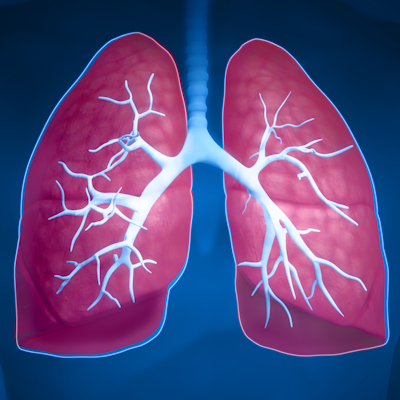 Scientists create cell atlas of developing human lung
Scientists create cell atlas of developing human lung
Researchers from the Wellcome Sanger Institute, EMBL’s European Bioinformatics Institute, the Gordone Institute at the University of Cambridge, and collaborators have created a spatiotemporal cell atlas of the developing human lung. From the mapping, they have identified 144 cell states in the early stages of life and their interactions in new detail. Read More
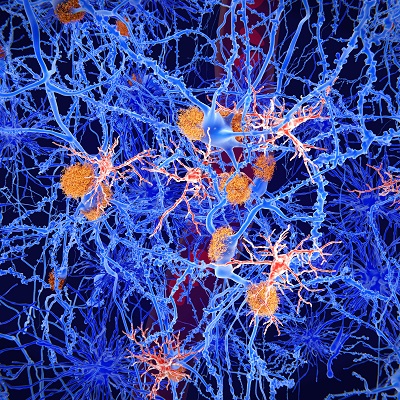 Senescent neuron discovery in brains opens path for Alzheimer's drug development
Senescent neuron discovery in brains opens path for Alzheimer's drug development
Scientists at the Salk Institute for Biological Studies have found that neurons from people with Alzheimer's disease show deterioration and undergo a late-life stress process called cellular senescence, while senescent cells could be a way to slow neuroinflammation and neurodegeneration. Read More
 Single-cell fetal brain profiling uncovers potential ways to treat pediatric tumors
Single-cell fetal brain profiling uncovers potential ways to treat pediatric tumors
A multinational team of scientists has used single-cell profiling of freshly isolated human fetal tissue to reveal a reference map of the cell states of the most common malignant childhood brain cancer. Read More
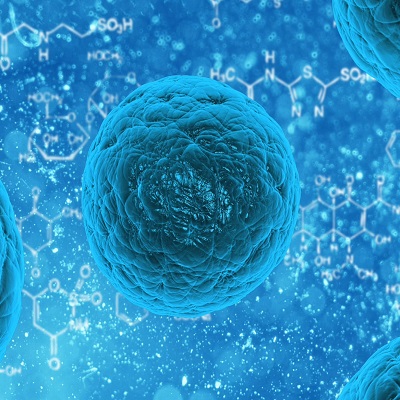 Signal detection enables clear imaging of human cells
Signal detection enables clear imaging of human cells
Beckman Institute researchers have developed an innovative method to clearly visualize the structure and chemical composition of a human cell. Read More
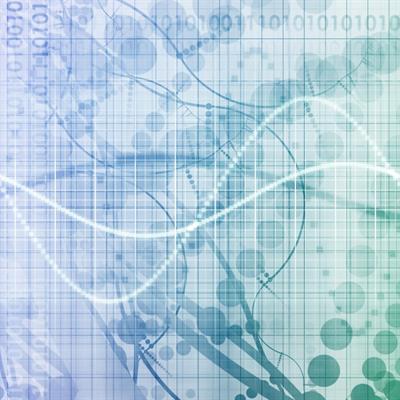 New computational method maps architecture of human tissues in unprecedented detail
New computational method maps architecture of human tissues in unprecedented detail
Weill Cornell Medicine researchers have developed a new computational method to map the architecture of human tissues in unprecedented detail, with the potential to accelerate studies on organ-scale cellular interactions and enable powerful new diagnostic strategies for an array of diseases. Read More
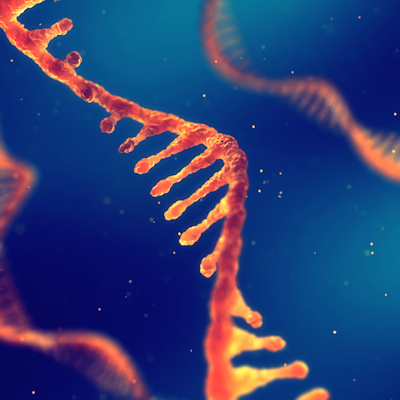 Programmable RNA-sensing technology enables manipulation of specific cell type
Programmable RNA-sensing technology enables manipulation of specific cell type
Researchers have developed a programmable RNA-sensing technology that triggers the production of a payload protein when it encounters specific cell types, with potential applications in diagnostics and therapeutics. Read More
 Deep-learning tool Omnipose identifies bacteria in microscope images
Deep-learning tool Omnipose identifies bacteria in microscope images
A deep-learning software called Omnipose is helping University of Washington researchers identify varied and miniscule bacteria in microscopy images. Read More
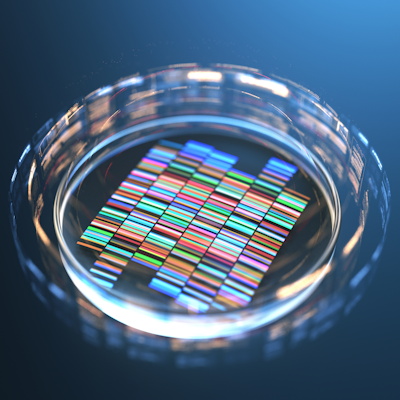 Spotlighting cells in tissues allows RNA to tell their story
Spotlighting cells in tissues allows RNA to tell their story
Harvard University researchers use “Light-Seq” method for full-transcriptome sequencing of hard-to-access cells, potentially broadening the depth and scope of investigations possible in intact tissue samples. Read More
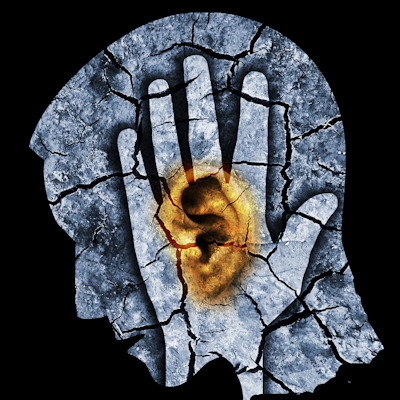 Researchers identify transcription factors that restore hearing in zebrafish
Researchers identify transcription factors that restore hearing in zebrafish
Certain transcription factors were able to restore hearing in zebrafish through cell regeneration and could inform treatments for hearing loss in humans, according to National Institutes of Health researchers. Read More
Member Rewards
Earn points for contributing to market research. Redeem your points for merchandise, travel, or even to help your favorite charity.
Research Topics
Interact with an engaged, global community of your peers who come together to discuss their work and opportunities.
Connect
Tweets by @ScienceBoard






